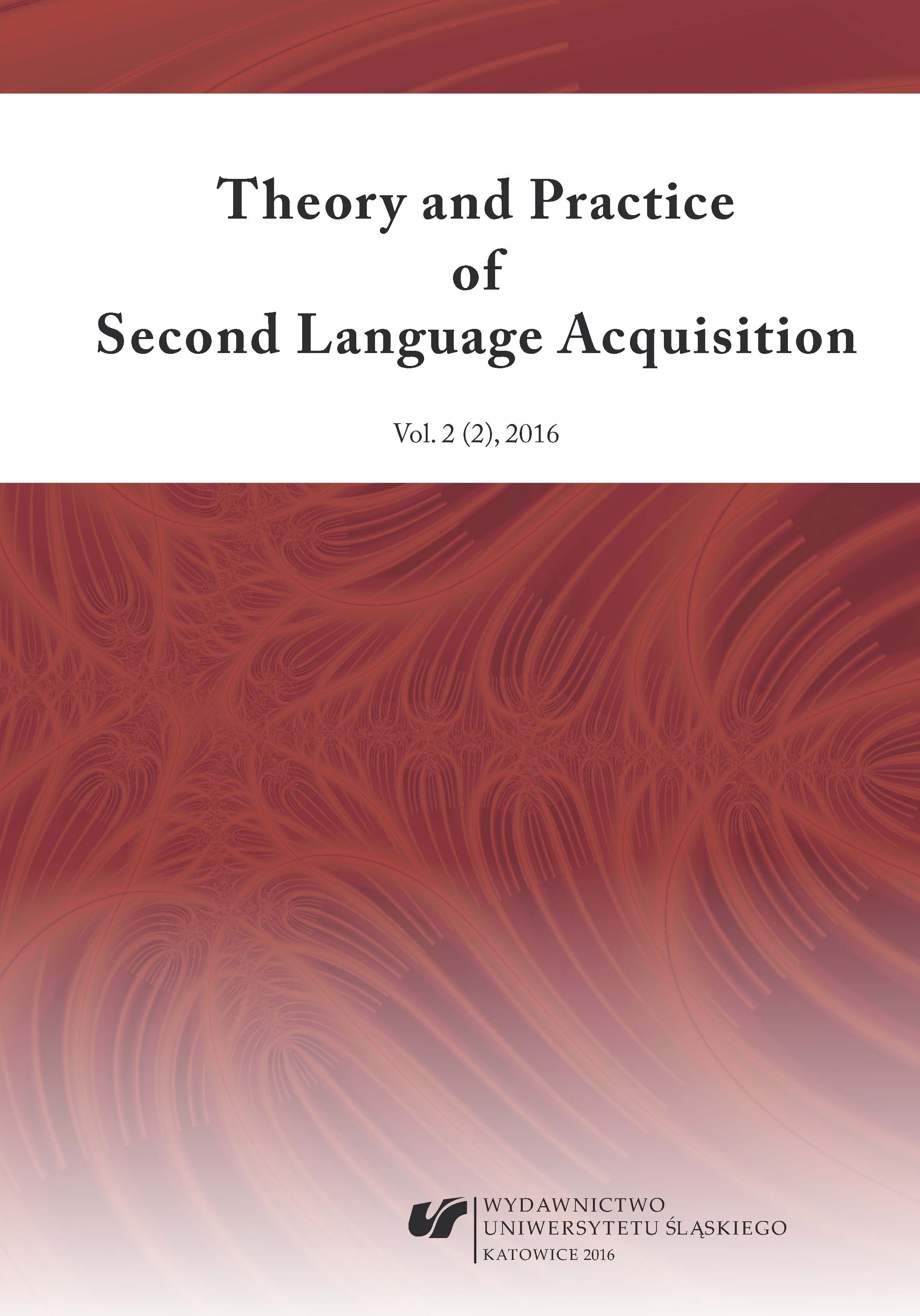When Language Anxiety and Selective Mutism Meet in the Bilingual Child: Interventions from Positive Psychology
When Language Anxiety and Selective Mutism Meet in the Bilingual Child: Interventions from Positive Psychology
Author(s): Lindsey R. Leacox, Margarita Meza, Tammy GregersenSubject(s): Language and Literature Studies, Foreign languages learning, Psychology, Theoretical Linguistics, Applied Linguistics, Language acquisition, Health and medicine and law
Published by: Wydawnictwo Uniwersytetu Śląskiego
Keywords: selective mutism; positive psychology; second language acquisition
Summary/Abstract: Selective mutism is more common than initially thought and afflicts immigrant language minority children at approximately three times the rate of monolinguals (Toppelberg, Tabors, Coggins, Lum, & Burgers, 2005). Children who have developmental language and/or articulation problems and children who are quiet due to anxiety or concerns about accents and limited fluency can suffer from selective mutism. This case study examines the efficacy of interdisciplinary treatment with three positive psychology interventions to treat an eight-year-old Spanish-English bilingual child with selective mutism. Pet-assistance therapy, music therapy, and laughter therapy were incorporated into the child’s speech-language therapy sessions to increase verbal productions across 14 weeks. Results indicated that pet-assisted therapy revealed positive outcomes, with modest gains for music and laughter. Implications of outcomes, collaboration, and conclusions are discussed.
Journal: Theory and Practice of Second Language Acquisition
- Issue Year: 2/2016
- Issue No: 2
- Page Range: 61-81
- Page Count: 21
- Language: English

